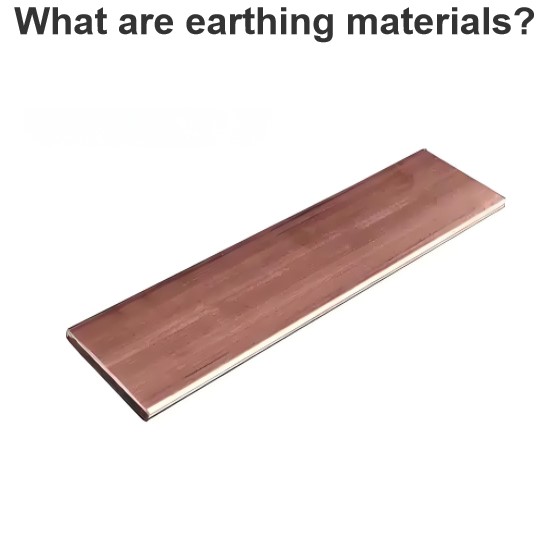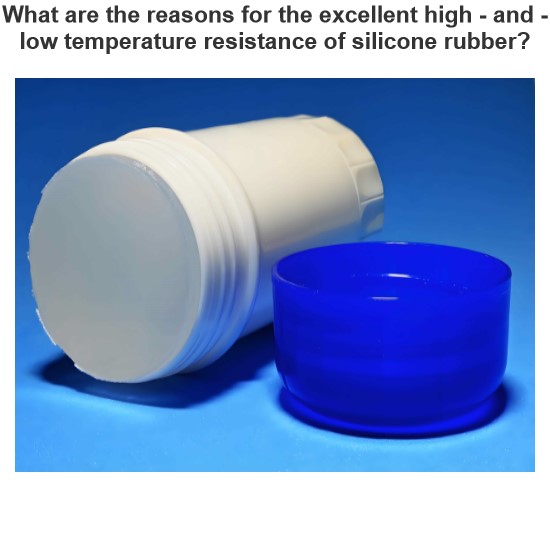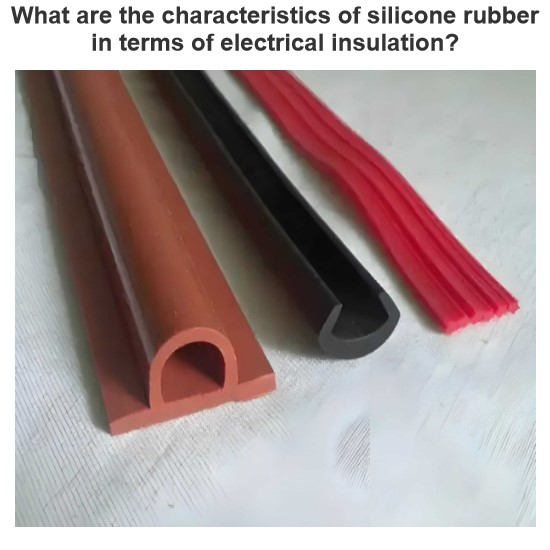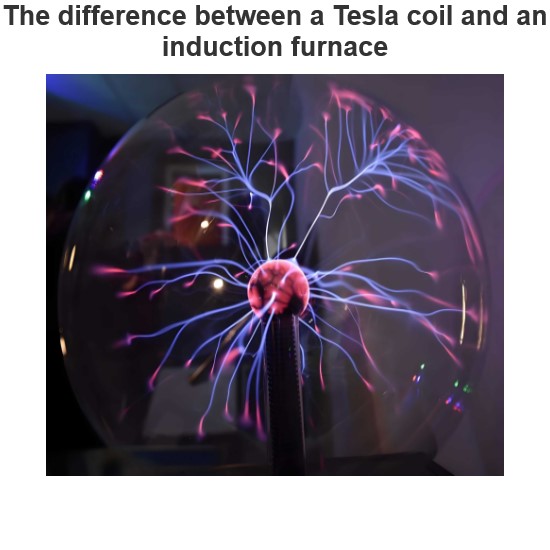Soft Magnetic Materials
First of all we need to keep certain points in mind before defining the soft magnetic materials.
Remanent Induction:
It is actually the value of induction which residue, once the material is magnetized and then the magnetizing field is decreased to zero. It is denoted by Br.Coercive Force:
It is the amount of negative magnetic field which is essential to decrease the remanent induction to zero. It is denoted by Hc.The total area of the hysteresis loop = the energy which is dissipated when a material of unit volume is magnetized during a cycle of operation.
Growth of domains and rotation of domains take place during magnetization. Both can be reversible or irreversible.
Magnetic materials are mainly classified (based on the magnitude of coercive force) into two- hard magnetic materials and soft magnetic materials,
Now, we can come to the topic. The soft magnetic materials can be simply magnetised and demagnetised. This is because only small energy is needed for the same. These materials have coercive field very small which is less than 1000A/m.
The domain growth of these materials can be easily realised. They are mainly used to increase the flux or/and to make a way for the flux created by the electric current. The main parameters used to worth or consider the soft magnetic materials are permeability (used to determine how a material reacts to the applied magnetic field), Coercive force (which already discussed), electrical conductivity (the capability of the substance to conduct electric current) and saturation magnetization (utmost quantity of magnetic field that a material can generate).
Hysteresis Loop
It is actually a loop which is traced by the material which is magnetized when subjected to an alternating magnetic field. For soft magnetic materials, the loop will be of small area (figure 2). So, hysteresis loss is minimum.
Properties of Soft Magnetic Materials
Utmost permeability.
Slight coercive force.
Small hysteresis loss.
Small remanent induction.
High saturation magnetisation
Some of the significant soft magnetic materials are the following:
Pure Iron
Pure iron contain a very minute carbon content (> 0.1%). This material can be refined to get the utmost permeability and less coercive force with the help of suitable technique to make it a soft magnetic material. But it produces eddy current loss when subjected to very high flux density due to low resistivity. So, it is used in low frequency application such as components for electrical instruments and core in electromagnet.
Silicon Iron Alloys
This material is most commonly used soft magnetic material. The addition of silicon will make increase in permeability, low eddy current loss due to increase in resistivity, low hysteresis loss. They are used in electrical rotating machine, electromagnet, electrical machine and transformer.
Nickel Iron Alloys (Hypernik)
It is used in communication equipment such as audio transformer, recording heads and magnetic modulators because of high initial permeability in feeble fields. They also possess low hysteresis and eddy current losses.
Grain oriented sheet steel: used to make transformer cores.
Mu-metal: used in miniature transformers meant for circuit applications.
Ceramic magnets: used for making memory devices for microwave devices and computer.
Application of Soft Magnetic Materials
There are mainly two sorts of applications for soft magnetic materials – AC application and DC applications.
| DC Application | AC Application |
| The material is magnetised to carry out an operation and demagnetised at the last part of the operation. | The material will be always in magnetised state throughout the time of operation. It is done by being magnetised in one direction to other as a continuous cycle. |
| For material selection, the main consideration is permeability.High permeability is required for good material. | For material selection, the main consideration is the energy loss in the system.The energy loss occurs because the material is cycled around the hysteresis loop. A good material should have small energy loss. |
| Used in field of magnetic shielding, electromagnetic pole-pieces, to activate the solenoid switch, permanent magnet uses this material to make a path for flux lines | Used in power supply transformer, DC-DC Converter, electric motors, for making a path for flux in permanent magnetic motors etc. |
Statement: Respect the original, good articles worth sharing, if there is infringement please contact delete.
Electrical4U is dedicated to the teaching and sharing of all things related to electrical and electronics engineering.















